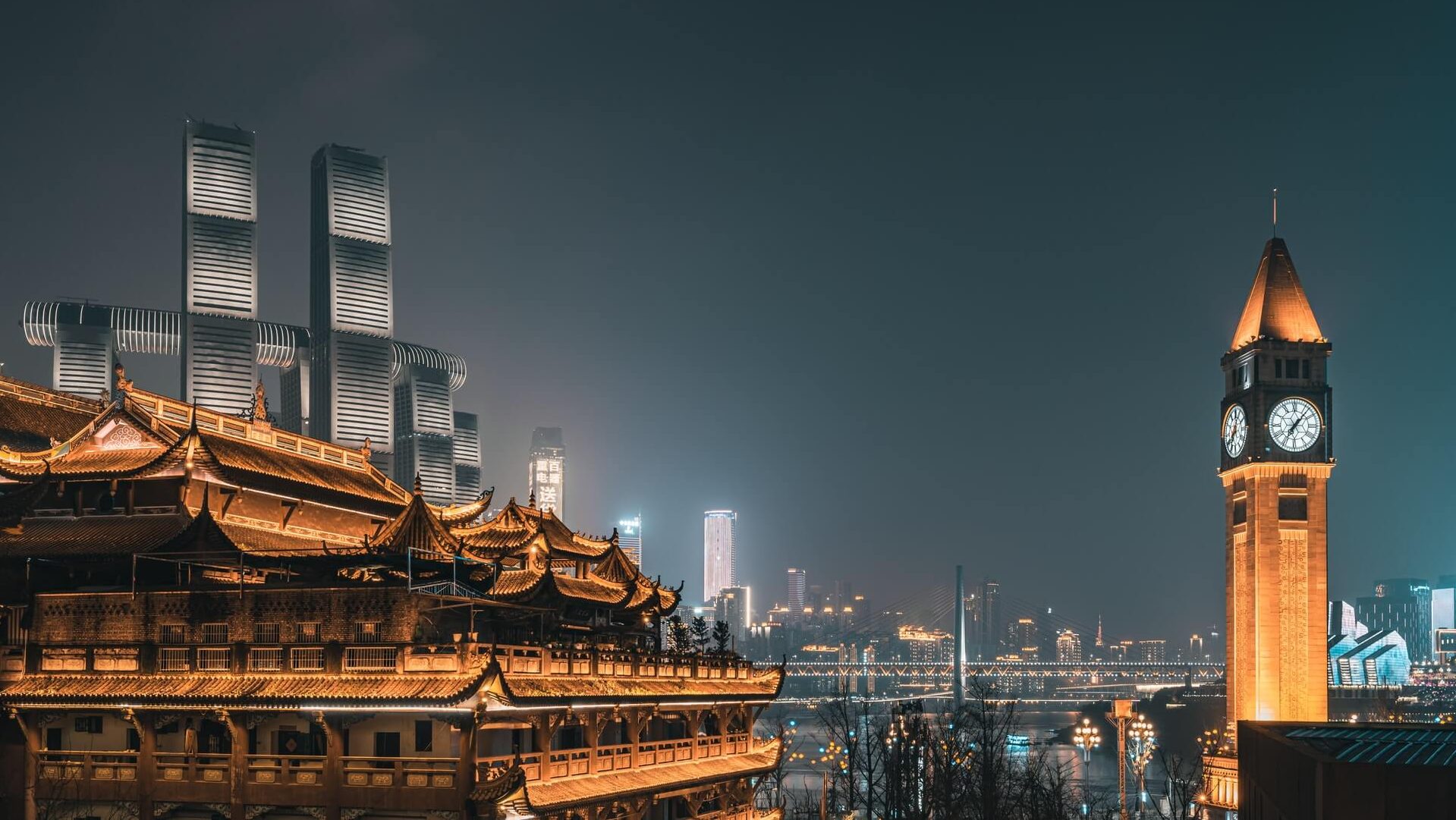Industry Insights: Green Hydrogen Industry Transforms Electrolyzers from Small Workshops to Large-Scale Manufacturing
Global Demand for Hydrogen Reaches 94 Million Tons; Low-Emission Hydrogen at 0.7%
The global demand for hydrogen has reached a substantial 94 million tons, signifying the critical role of hydrogen in various industries. However, according to data from the International Energy Agency (IEA), less than 1% (approximately 100,000 tons) of this demand is met by low-emission hydrogen, with a mere 35,000 tons produced through water electrolysis. China leads the world in hydrogen production, generating around 33 million tons annually, primarily from coal and industrial byproducts. In 2021, the distribution of hydrogen sources in China was 63.6% from coal, 21.2% from industrial byproducts, 13.8% from natural gas, and just 1% from water electrolysis.
Green Hydrogen Sees Surge in Demand Amid Renewable Energy Adoption
Since the latter half of 2022, the green hydrogen market has experienced significant growth, driven by the absorption of renewable energy and Europe’s energy crisis. In 2021, global shipments of electrolyzers totaled just 458 MW. However, the landscape changed with the establishment of Longi Hydrogen in January 2021, followed by the unveiling of its first alkaline water electrolyzer in October the same year. The company announced ambitious plans to achieve a production capacity of 5-10 GW within five years, causing a major stir within the industry. These plans have gradually materialized, showcasing the industry’s potential.
Expanding Market Opportunities for Green Hydrogen
From January to May of this year, China’s public tenders for green hydrogen projects exceeded 510 MW. When combined with undisclosed projects, the total market demand surpassed 650 MW, with over 19 GW in combined ongoing and planned projects. Forecasts for optimistic hydrogen demand this year hint at exceeding 1.5 GW. Furthermore, the international market has witnessed individual project capacities exceeding 3 GW, and cumulative projects globally reaching approximately 22 GW. Companies such as NEL, PLUG, Thyssenkrupp, Siemens, and HydrogenPro have order backlogs exceeding 2 GW.
Shift from Small Workshops to Large-Scale Manufacturing
The rapid expansion of the green hydrogen market has necessitated a shift from small-scale production to large-scale manufacturing. Established manufacturers are evolving their production processes to meet the surging demand. For instance, Longi Hydrogen has developed a team of 400 individuals, including 100 researchers, to develop second-generation products and refine their manufacturing procedures. Similarly, SANY’s electrolyzer team, comprising 180 individuals, is researching fully automated production lines and enhanced maintenance procedures to improve efficiency.
Changing Competitive Landscape and Future Projections
With the transformation of production methods and process reengineering, the industry’s competitive dynamics are poised to shift dramatically. The existing industry leaders like 718, Tianjin Mainland Hydrogen Equipment, Cochlear Jingli, Saikesaisi Hydrogen Energy, and China Power Fenyi primarily represented small-scale manufacturing enterprises. However, newcomers like Longi, SANY, and Sungrow Power Supply have established themselves as large-scale manufacturers, armed with substantial funding and advanced manufacturing capabilities. The transition to automation will alter the competitive landscape from technology and brand competition to comprehensive competition spanning technology, brand, manufacturing processes, and services.
The Multifaceted Hydrogen Electrolyzer Industry
The electrolyzer industry encompasses diverse categories of companies:
- Traditional Brands: Established electrolyzer manufacturers with industrial brand recognition, including international companies like NEL, Cummins, Thyssenkrupp, and Siemens, as well as Chinese brands like 718 and Cochlear Jingli.
- Energy Companies: Energy giants expanding into the electrolyzer sector, such as Sinopec, State Power Investment Corporation Limited, Huaneng, and China Datang, aiming to diversify their energy portfolios.
- Renewable Energy Enterprises: Companies like Longi, Sungrow Power Supply, SANY Heavy Industry, and MingYang Smart Energy entering the market with strong manufacturing capabilities, particularly in photovoltaics and wind energy.
- Integrated Solution Providers: Companies offering hydrogen production, storage, transportation, and utilization solutions, including CIMC Hydrogen, Guofu Hydrogen Energy Equipment, and Shanghai Electric.
- Opportunistic Entrants: Enterprises attracted to the hydrogen sector for its potential but may lack in-depth expertise.
- Derivative Manufacturers: Companies stemming from fuel cell and chlor-alkali electrolyzer sectors, like Cummins, Toyota, Thyssenkrupp, and Bluestar Chemical Machinery.
Technology Diversity and Future Challenges
The electrolyzer industry is marked by diverse technological paths, such as alkaline, PEM (Proton Exchange Membrane), SOEC (Solid Oxide Electrolyzer Cell), and AEM (Anion Exchange Membrane) technologies. Each of these categories is further segmented, contributing to a complex landscape.
Anticipating the Future Landscape
The future of the electrolyzer industry hinges on not just producing electrolyzers, but producing the right ones in the right way. As a result, the sector will likely witness further polarization, with small enterprises facing challenges in sustaining operations. Industry leaders like Longi Hydrogen, Yangguang Hydrogen Energy, 718, and Saikesaisi Hydrogen Energy are poised for IPOs due to their robust funding and research investment, securing their positions at the forefront of the industry.
Conclusion
With the hydrogen electrolyzer sector undergoing rapid transformation, the industry is poised for a new era of innovation and competition. As global hydrogen demand continues to rise, manufacturers are adapting to new manufacturing paradigms and enhanced technology to ensure they remain relevant and competitive in this evolving landscape.

